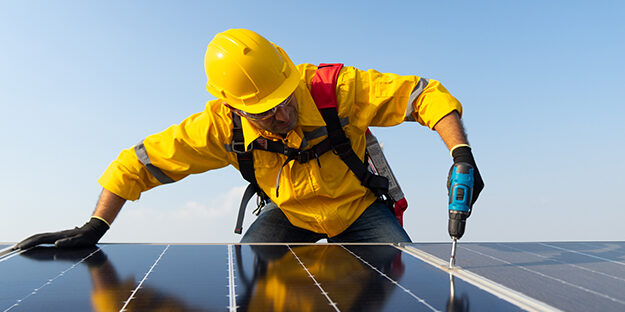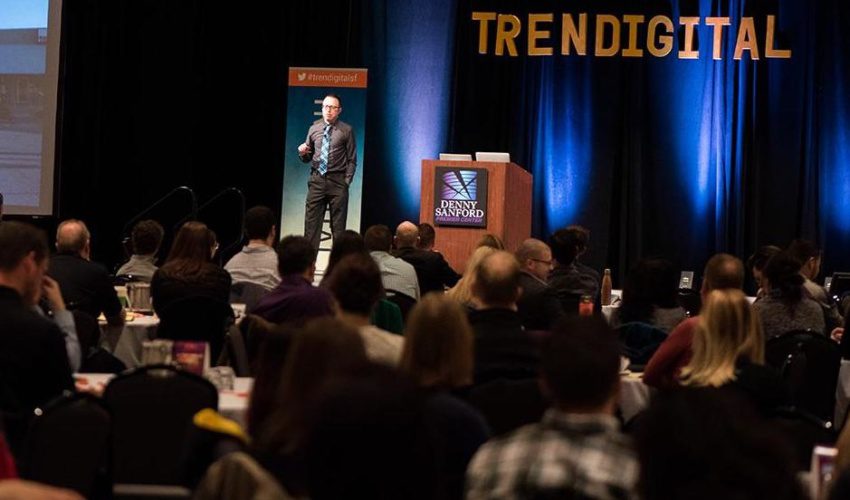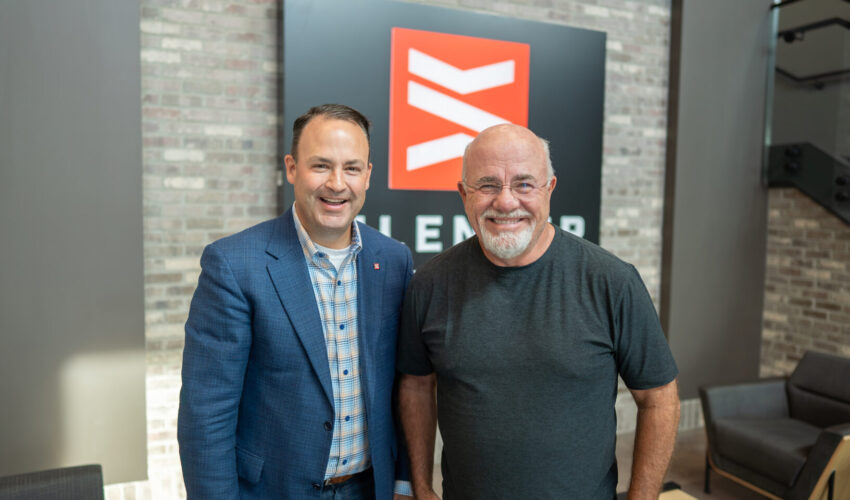Clean energy opportunities for nonprofits
April 25, 2024
This paid piece is sponsored by Eide Bailly LLP.
A version of this article first appeared on EideBailly.com.
Nonprofit organizations in Sioux Falls play a pivotal role in addressing community needs, fostering social change and improving the quality of life for residents. As these organizations continually seek sustainable and cost-effective ways to amplify their impact, the Inflation Reduction Act presents a timely opportunity.
Typically, tax-exempt organizations do not benefit from tax credit incentives because they do not have a tax obligation to offset with the credit. However, the Inflation Reduction Act allows exempt organizations to benefit from clean energy credits by receiving the equivalent credit amount as a direct payment.
With direct pay, applicable entities can receive financial incentives by investing in eligible energy property or participating in eligible clean energy production activities. These new financial incentives may encourage exempt organizations to explore clean energy options that may not have been considered previously.
Requirements and available credits
The credit requirements for applicable entities are the same requirements for taxable entities. Available credits include:
- Energy Credit, Section 48: Investment in renewable energy projects, including fuel cell, solar, geothermal, small wind, energy storage, biogas, microgrid controllers and combined heat and power properties.
- Clean Electricity Investment Credit, Section 48E: Replaces the energy credit for facilities that begin construction and are placed in service after 2024.
- Renewable Electricity Production Credit, Section 45: Electricity production from eligible renewable sources, including wind, biomass, geothermal, solar, small irrigation, landfill and trash, hydropower, marine and hydrokinetic energy.
- Clean Electricity Production Credit, Section 45Y: Replaces the Renewable Electricity Production Credit for facilities that begin construction and are placed in service after 2024.
- Commercial Clean Vehicle Credit, Section 45W: Purchase of qualifying vehicles, including passenger vehicles, buses, ambulances and certain other vehicles for use on public streets, roads and highways.
- Credit for Alternative Fuel Vehicle Refueling/Recharging Property, Section 30C: Investment in alternative-fuel-vehicle refueling and charging property, located in low-income and nonurban areas. Refueling property credit-qualified fuels include electricity, ethanol, natural gas, hydrogen and biodiesel.
Credit amounts
The credit amount is calculated based on the amount of clean energy produced — the production credit — or by determining the qualified tax cost basis — the investment tax credit — and applying the applicable rate or percentage.
How to apply
Direct pay is an irrevocable election made on the organization’s tax return. Before making the election, the entity must complete a series of steps, which include registering the applicable project on the IRS portal.
Benefiting from clean energy incentives
The Inflation Reduction Act provides new financial incentives for investing in and producing clean energy. For the first time, these credits are available for exempt organizations.
By leveraging the new clean energy incentives offered by the IRA, Sioux Falls-based nonprofits can advance their environmental stewardship goals and receive financial benefits that support their missions.
If you’re considering clean energy projects, it is important to substantiate their eligibility and complete the proper documentation — and we can help.







